|
|
|
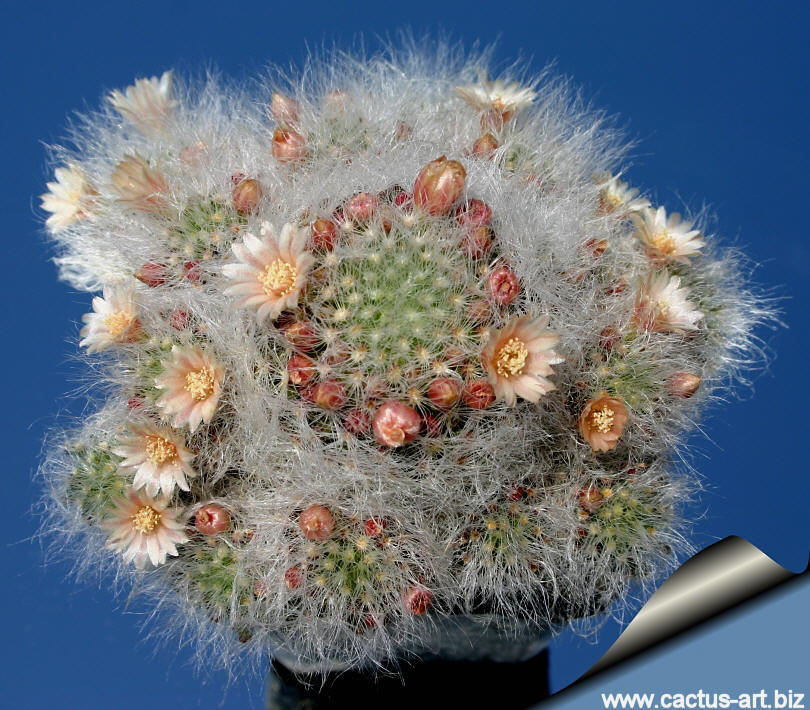
Stem covered by numerous hairlike
radial spines, giving the plant a shaggy appearance.
|
|
Morphology (Identifying
Characteristics): It is a small plant that forms irregular
clumps.
Stem:
About 5 cm diameter and 2–3.5cm high.
Radial spines: Numerous
hair-like
spines give the
plant a shaggy appearance.
Central spines:
Not usually present, but, if so,
they are 9–16 mm long
and straight, never
hooked. (At first glance the plant has quite a
strong resemblance to
M. bocasana, but a closer inspection reveals
the absence of hooked centrals)
Root: It has a thick
tuberous root system
Flowers: Salmon pink.
Blooming season (Europe): May-June
Taxonomy: This plant is a member of
the Mammillaria crinita
complex (Stylothele Series).
Only some
authors consider M. sheinvariana
to be a good
species; the others classify it as M. crinita (e.g.
Fritz Maurice accepts the individuality of the new plant
but considers it a
subspecies of
M. crinita.)
|
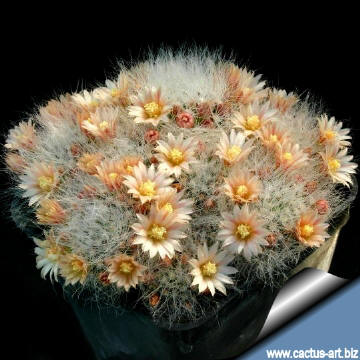 |
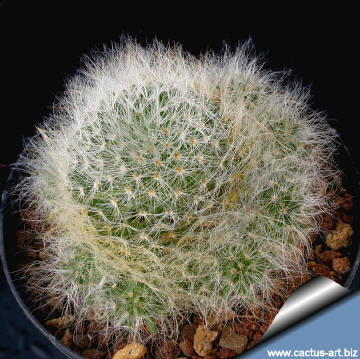 |
|
. |
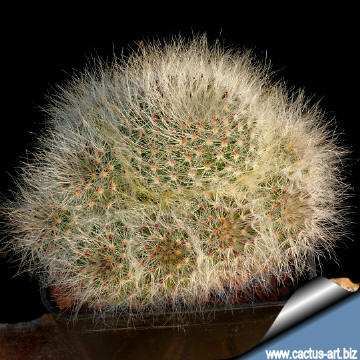 |
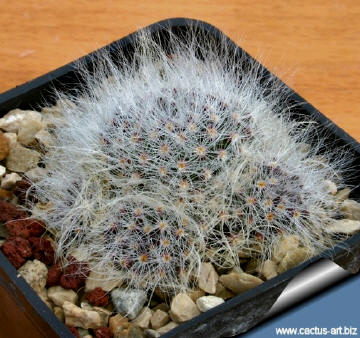 |
|
Photo of conspecific taxa, varieties, forms and
cultivars of plants belonging to the Mammillaria crinita
complex
(This taxon has lots of synonyms
(like most mammillaria) with several
controversial varieties and subspecies):
|
|


Advertising
|
|
|
|
|
Family:
Cactaceae
(Cactus Family)
Scientific Name:
Mammillaria
sheinvariana
Ortega & Glass 1997.
Published
in: Guia para la Identificacion de Cactaceas Amenazadas de Mexico.
(Identification Guide to the Threatened Cacti of Mexico). CANTE, A.C.,
Guanajuato, Mexico.
Distribution:
Zimapan, Queretaro, Mexico
Habitat: The whole habitat
of this plant (discovered only in 1997) disappeared under the water of a man-made dam.
It is
extinct
in nature. The British Cactus and Succulent Society published a very interesting
online article about this new rare plant:
Click here to see the pdf document.
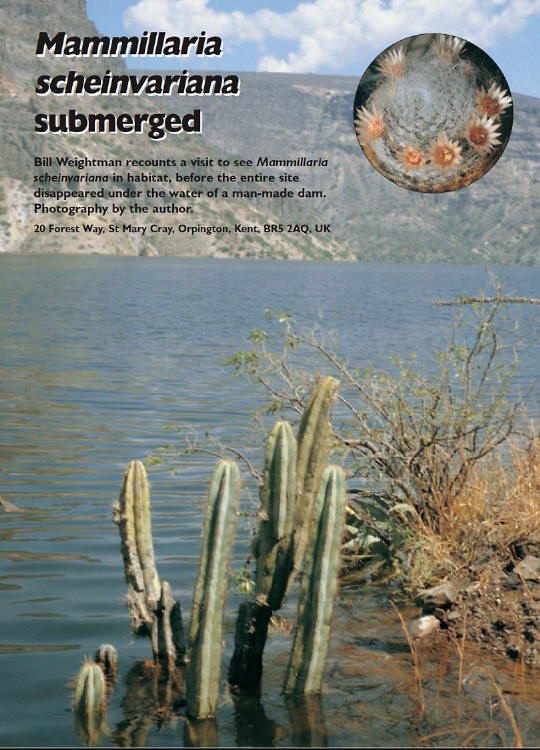
Copyright "British Cactus and Succulent Journal" Vol 21 (1) 45-48
|
|
|
|
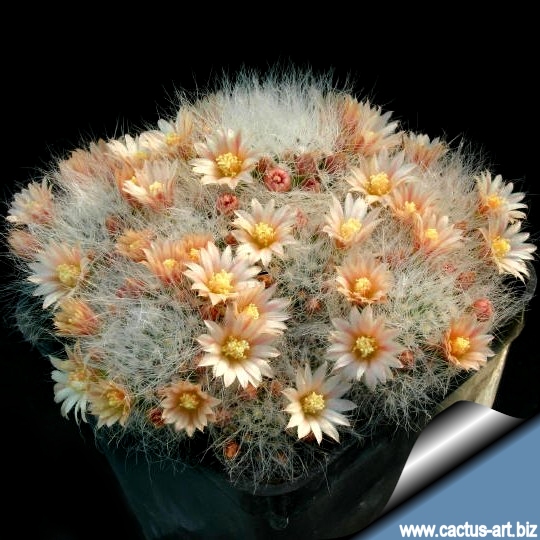
Cultivation: It has
a thick root and is
susceptible
to
over-watering.
Sometimes it is
grafted to avoid
root
rot problems. It
likes warmth (recommended minimum
winter temperature 5° C), but if kept perfectly dry it can easily
survive at winter night temperatures below 0° C (in our
greenhouse no damage at -10° C for a few hours in the winter
of
2002-2003). Suited for
sunny-bright exposure; it can
tolerate
light shade,
likes
airy exposures. It needs
a deep pot
and good
drainage to accommodate its
tuberous root system. Keep dry in
winter.
Pests &
diseases: M.
sheinvariana is especially
prone to rot, therefore,
under-pot in a
smaller container filled with very
porous compost.
Propagation: Seeds or
graft. Seeds can be sown in the spring or summer. The seedlings
should not be disturbed until they are well rooted, after which
they can be planted separately in small pots. |
|